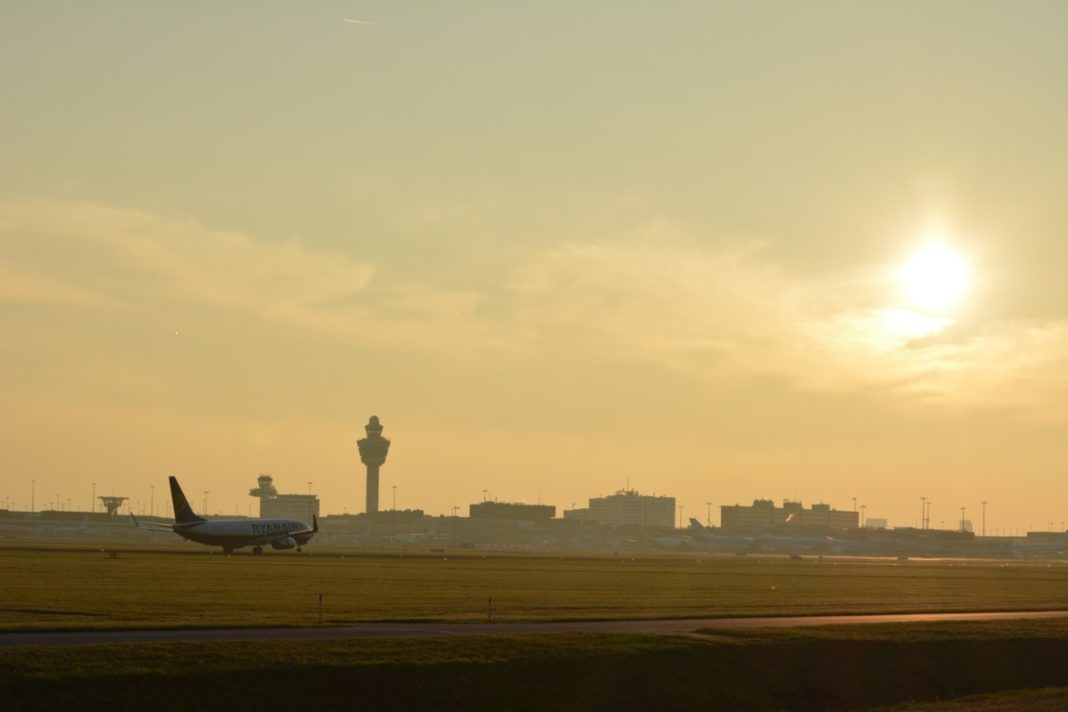Bad news for anyone living in the Randstad; a new report released by the National Institute for Public Health and Environment (RIVM) shows that 5-6% of all deaths in the Netherlands are due to environmental factors. Randstad residents in particular have a far increased risk of cardiovascular and heart disease, with some of the highest pollution rates in Europe.
Forget freely spinning windmills, petrol-less bikes and rolling green fields. The new report shows the Netherlands just isn’t as green as we would like to think. In fact, the air can be downright dirty, particularly in places like Amsterdam, Schiphol and Rotterdam.
Onno van Schayck, Professor of Preventive Medicine at Maastricht University says that avoiding living in these areas is the only solution. “Amsterdam is a fantastic city, but certainly not healthy,” he told RTL Nieuws. “Just like other heavily polluted places. You smoke in the most polluted places unnoticed five to ten cigarettes every day.”
Check out the full map and enter your postcode to see what air pollution is like near your home.
Umm, what? That couldn’t have anything to do with the green plumes of smoke that engulf Amsterdam every day, could it? But we thought that was natural!
What are the effects of the dirty air?
Dirty air and noise are contributing to the deaths of ten to fifteen thousand Dutch people each year, according to the data from RIVM. The risk in Schiphol, Amsterdam, and Rotterdam is sometimes up to three times greater than in cities like Drenthe, Groningen, or on the islands.
De Randstad is één van de meest vervuilde gebieden van Europa. Tien tot vijftienduizend Nederlanders overlijden jaarlijks aan de gevolgen van vieze lucht en herrie. Vooral rond Schiphol en Amsterdam zijn de gezondheidsrisico's hoog.https://t.co/F8MZF3KzYJ
— The Edgy Veggie (@TheEdgyVeggie1) September 6, 2019
“This is not a little bit of a problem. This is a huge problem. It’s about thousands of people. Ten to fifteen times more people die from these factors than from traffic accidents. The Randstad is one of the most polluted areas of Europe. And yet a huge number of people live on top of each other,” Van Schayck told RTL Nieuws.
Almost half of the Dutch population live in the Randstad, and are being exposed to too much nitrogen, particulate matter, and ambient noise on a daily basis.
What should be done to resolve the problem?
On a family level, relocating to a less populated area will help, particularly for children with asthma. But, on a national level, resolving the issue is far more complex. Experts are recommending radical measures, such as reducing the attraction of flying, and banning two-stroke mopeds, diesel cars, and parking in city centres.
What do you think about the latest data? Do you feel the results of living in the Randstad in terms of air pollution? Would the latest data stop you from living there? Let us know in the comments below!
Feature Image: Demian Smit/Pexels



